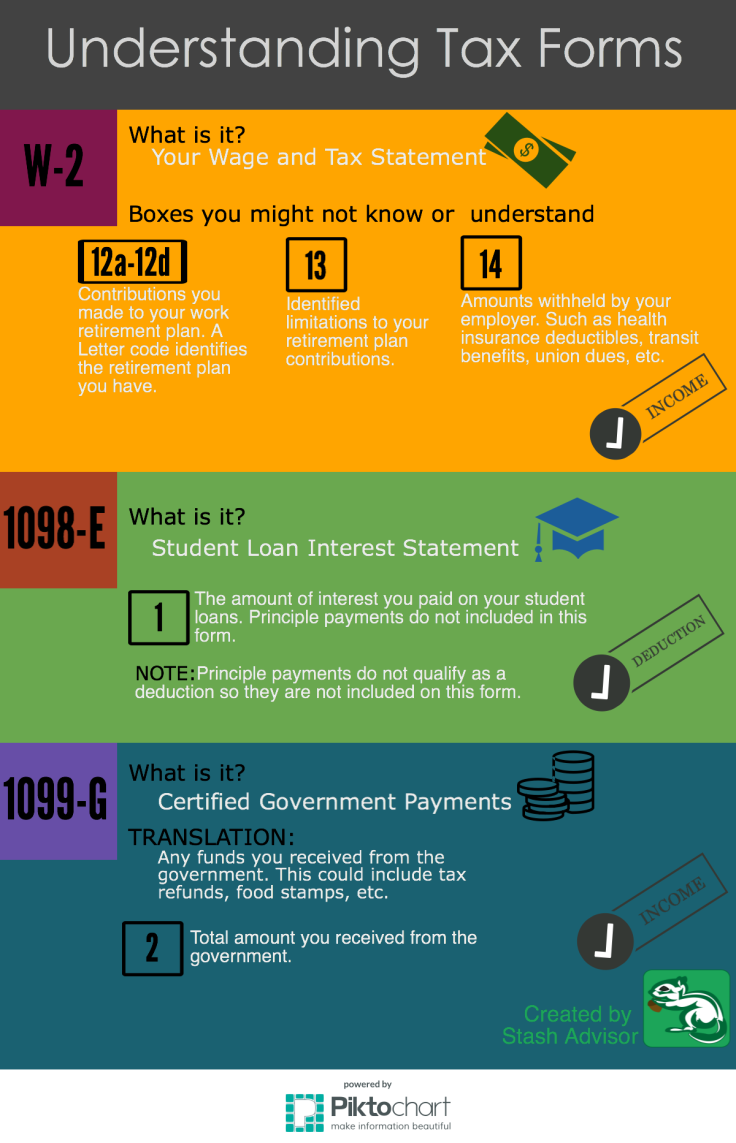
Creating a budget is something I used to dread. I was confused by a number of the budgets out there, and felt as if none of them really fit me or held me to achievable standards. My income was too low and my expenses were too high to match any of the “recommended percentages.” Every time I looked at advice on how to budget or the templates that were available to me, I just felt bad about myself. But now, I know that having a budget is something that makes you more relaxed, accomplished, and allows you greater financial freedom.
How did I get to this point? By throwing the “one size fits all” mentality out the window when it came to budgeting. The key to creating a budget is creating one that is right for you and not being concerned with what your budget is “supposed” to look like. Check out these 5 steps to creating a budget that’s right for you.
First: Income
The first step to creating a budget is to figure out your monthly income. If a monthly budget is not the best time frame for you to assess your expenses, then consider a bi-weekly or weekly budget design. The key is to figure out what is best for you. To figure out your monthly income, look at the amount deposited into your bank account, not counting the money that is taken out for taxes, health benefits, retirement, or public transit. You can simply do this by looking at your paystubs or checking out the amount deposited into your bank account. After figuring out how much money you “take home” each month you want to figure out your fixed costs.
Second: Fixed Expenses
Fixed costs are expenses you pay each month that rarely fluctuate in amount. A short list of fixed expenses you might consider are:
- Rent or Mortgage
- Utilities
- Cable & Internet
- Phone Bill
- Gym Membership
- Prescriptions
- Groceries (this could also go in Flex, depending on how you do your budget, remember it is all about creating what works for you)
- Insurance
After considering what fixed costs you have, sum them up.
Third: Financial Goals
Next you need to take a look at your financial goals and flex expenses. Financial goals are primarily made up of paying off debt , saving, and investing. Here is a short list of some financial goal expenses:
- College Loans
- Credit Cards
- Personal Loans
- Emergency Fund
- Retirement (401k, IRA, Roth IRA)
- Stocks, and Bonds
- Saving for a Special Purchase (e.g. computer, trip, etc.)
Some of these financial goals may be more flexible than others in the amount to be paid. For instance, each month, a minimum payment is required towards a credit card or loan. On the other hand, putting money towards a special savings account can have a fluctuating amount since no payment is being made towards an external party. So, you need to figure out which of your financial goals has a required minimum payment and in what amount, then sum those up. This amount is the absolute minimum required to make up your financial goals. Before figuring out any additional money to put towards your financial goals, you need to take a look at your flex expenses.
Fourth: Flex Spending
Flex expenses are the expenses each month that can change. You try to keep these expenses from going over a certain amount. Some Flex expenses to consider when creating your budget are:
- Dining Out
- Taxis
- Clothing
- Going Out
- Entertainment
- Travel/Transit
- Gifts
- Household Costs
Some of these categories can be broken down even further into subcategories but for now we are going to start with the large category. The key here is to look at your previous months of spending and figure out how much you are spending in each of these categories.
Fifth: Calculate
Now comes the actual designing of your budget. You need to take the total from each larger category (Fixed, Flex, and Goals) and deduct that from your monthly take home income. This will help you figure out if you are in the green or in the red. If you are in the red, consider where you can change your spending habits -this normally tends to be in the Flex category. If you are in the green then see what goals you can achieve faster by putting more money into them.
Developing your budget can take some time but, after you do,you will feel more confident in your habits and start achieving your financial goals more quickly. To lead you through the steps of creating a budget check out our sample below. How do you do your budget? share your thoughts in the comments section.

Got a great idea that you would like us to blog about? Send your suggestions to us at stashadvisor@gmail.com. We are all about bringing you the most value!